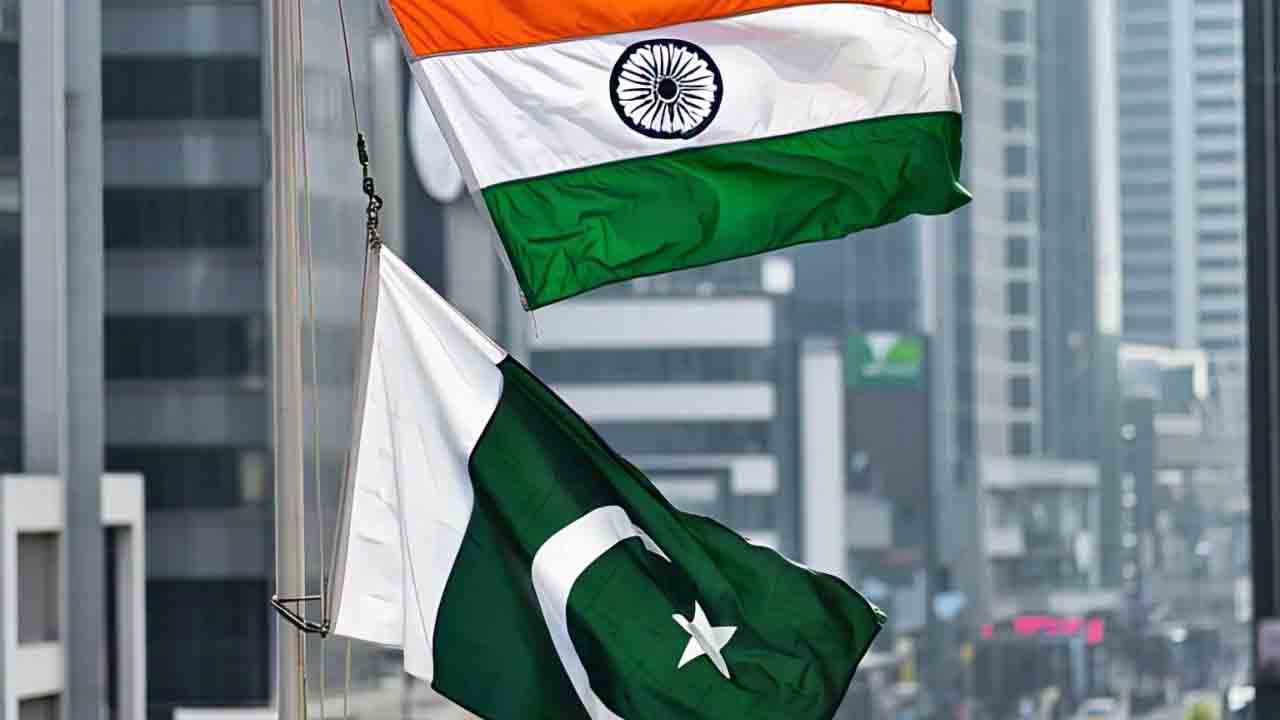
Arcadiadaily – In a significant diplomatic breakthrough, India and Pakistan have reached a full ceasefire agreement, effectively halting military clashes that had escalated tensions between the two countries. This agreement, facilitated by U.S. President Donald Trump and Secretary of State Marco Rubio, has been backed by global powers such as China, Saudi Arabia, and the G7. The ceasefire is seen as a major step toward reducing the risk of conflict between the two nuclear-armed neighbors.
The ceasefire came after weeks of intense military exchanges along the Line of Control (LoC), which separates India and Pakistan in the disputed Kashmir region. With both sides engaging in missile strikes and air raids, the risk of full-scale war loomed large. The U.S., along with China, Saudi Arabia, and the G7, played a key role in mediating the situation. Their diplomatic efforts helped bring both countries to the negotiating table, resulting in an agreement to halt hostilities and prioritize peace.
“Particulate Filter Technology: Revolutionizing Diesel Engines”
While the ceasefire is a welcome development, challenges remain for achieving lasting peace. The Kashmir issue, which has fueled decades of conflict, remains unresolved. Both India and Pakistan claim the region in its entirety. And it is unclear how the ceasefire will impact these territorial disputes. Furthermore, Pakistani officials have made it clear that there are no immediate plans for discussions on nuclear disarmament. A critical issue considering both nations’ nuclear arsenals.
Despite the challenges ahead, this ceasefire provides a glimmer of hope for the millions living in the border regions who have endured the consequences of conflict for years. As India and Pakistan begin to rebuild trust. The international community remains hopeful that this agreement can lay the groundwork for future diplomatic efforts and long-term peace in South Asia.
The agreement may be just one step. But it marks a crucial turning point in the relationship between these two nations.
“Raw Words, Real Impact: A New Era of Honest Writing”